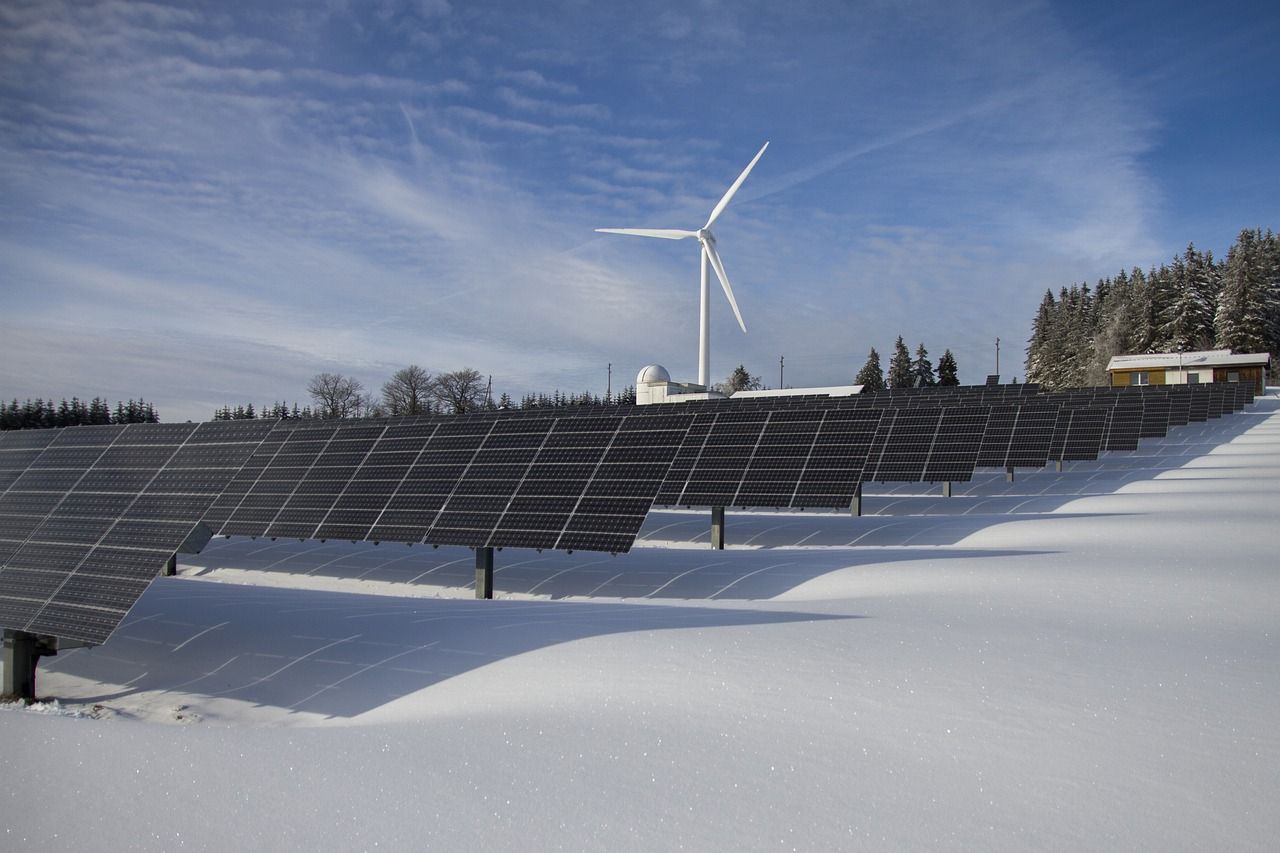- People are investing in alternative sources of energy, such as solar and wind power, which are clean and sustainable.
- The world is adjusting to renewable energy.
- COP26 is pushing for greener energy.
Climate change is one of the most pressing issues of our time. To combat it, people need to change the way they produce energy. That’s why more and more people are investing in renewable energy, such as solar and wind power. According to an analysis from BanklessTimes.com, the world is adjusting to renewable clean energy; by 2035, they are expected to generate 60% of global electricity.
This is evident in the increasing number of countries setting targets to achieve carbon neutrality. For example, the European Union has set a target of becoming climate-neutral by 2050. Similarly, China has pledged to reach peak emissions before 2030 and become carbon-neutral by 2060.
Speaking on the data, Jayson Andrews, CEO of BanklessTimes, said,
Jayson Andrews, BanklessTimes CEOThe world is waking up to the reality of climate change and the need to find cleaner, sustainable ways of generating energy. In order to meet the goals set by the Paris Agreement, it’s essential that people transition to renewable energy as quickly as possible.
The Paris Agreement is an international climate change treaty signed by 196 countries in 2015. The agreement’s main aim is to keep the global temperature rise this century well below 2 degrees Celsius.
Use of Renewable Energy and Energy Efficiency
The world is adjusting to renewables, but the concern is on efficiency. The Paris Agreement also aims to ensure that global greenhouse gas emissions start declining as soon as possible. To achieve this, people need to increase the level of renewable energy and energy efficiency significantly.
Countries should combine energy efficiency and renewable energy initiatives. For Instance, people can integrate renewable techs into refurbishing older structures. Doing this will not only make the structures more energy-efficient but also help in meeting climate goals.
Electric vehicles (EVs) are becoming increasingly popular as they help reduce emission levels. Several countries aim to transition to electric vehicles to meet their climate goals. The United Kingdom, for instance, has set a target of banning the sale of new petrol and diesel cars by 2030.
The country is investing in charging infrastructure and making EVs more affordable to achieve this. The UK government has also introduced a grant scheme, which offers some funds towards the purchase of an EV.
Stronger Policies and Higher Climate Objectives Leading Up to COP26 Are Boosting Renewables
Sources from IEA show that world renewables are producing power at a faster rate. As we approach COP26, there are deliberate efforts to adopt clean energy worldwide.
In 2026, the world’s ability to generate electricity from renewable sources might increase by more than 60% from its 2020 level. The rise will see the power level reach more than 4,800 GW. This is greater than the combined capacity of all the world’s fossil fuels and nuclear power plants.
Besides, the world’s power capacity is set to expand by about 95%, with solar photovoltaics (PV) contributing more than half of that increase.
It is anticipated that the amount of renewable capacity added between 2021 and 2026 will be 50% more than the amount added between 2015 and 2020. This is due to the increased government policies and loftier clean energy targets stated in the run-up to and during COP26.












